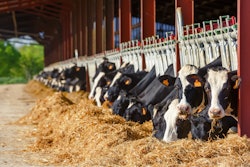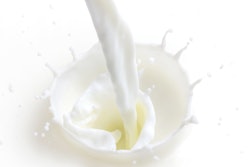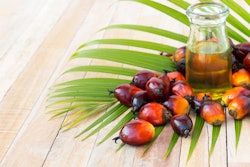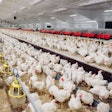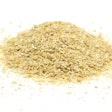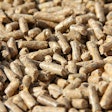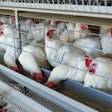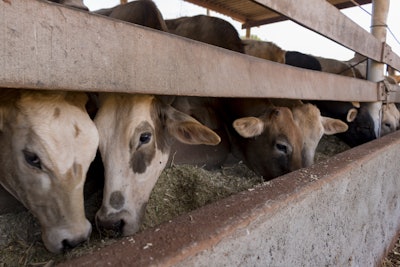
The optimal total mixed ration (TMR) moisture level for dairy cows can vary depending on several factors, including the specific ingredients in the ration, environmental conditions, and the stage of lactation or production status of the cows. However, a common target range for TMR moisture content is generally between 40% and 60%.
It’s important to maintain an appropriate moisture level in the TMR to ensure proper feed mixing, palatability and nutrient availability. If the TMR moisture level is too low, there may be difficulties in achieving uniform mixing, and the ration may become dusty. In this case, water is added to the TMR. On the other hand, if the moisture content is too high, it can lead to spoilage, mold growth and reduced feed intake. In this case, inclusion of high-moisture ingredients is reduced in the TMR.
When silage is the main forage, managing the moisture level becomes even more crucial. Silage is fermented forage that is stored under anaerobic conditions, typically in silos, to preserve its nutritional quality. The optimal moisture content for silage depends on the type of silage (corn silage, grass silage, etc.) and the stage of fermentation.
For corn silage, the optimal moisture content typically ranges between 60% and 70% during harvesting. This allows for proper ensiling and fermentation. In the TMR, the inclusion of corn silage contributes greatly to the overall moisture content. In most cases, when formulating the complete ration, it’s important to balance it with drier ingredients to achieve the desired TMR moisture level.
It is important to emphasize that relying on book values is not always sufficient when it comes to TMR quality control. Regular monitoring of TMR moisture levels, along with routine analysis of silage quality, ensures dairy cows receive a nutritionally balanced and palatable diet, supporting optimal health and production. For that, portable NIR equipment have become more common, albeit at a considerable up-front cost for the farmer.


